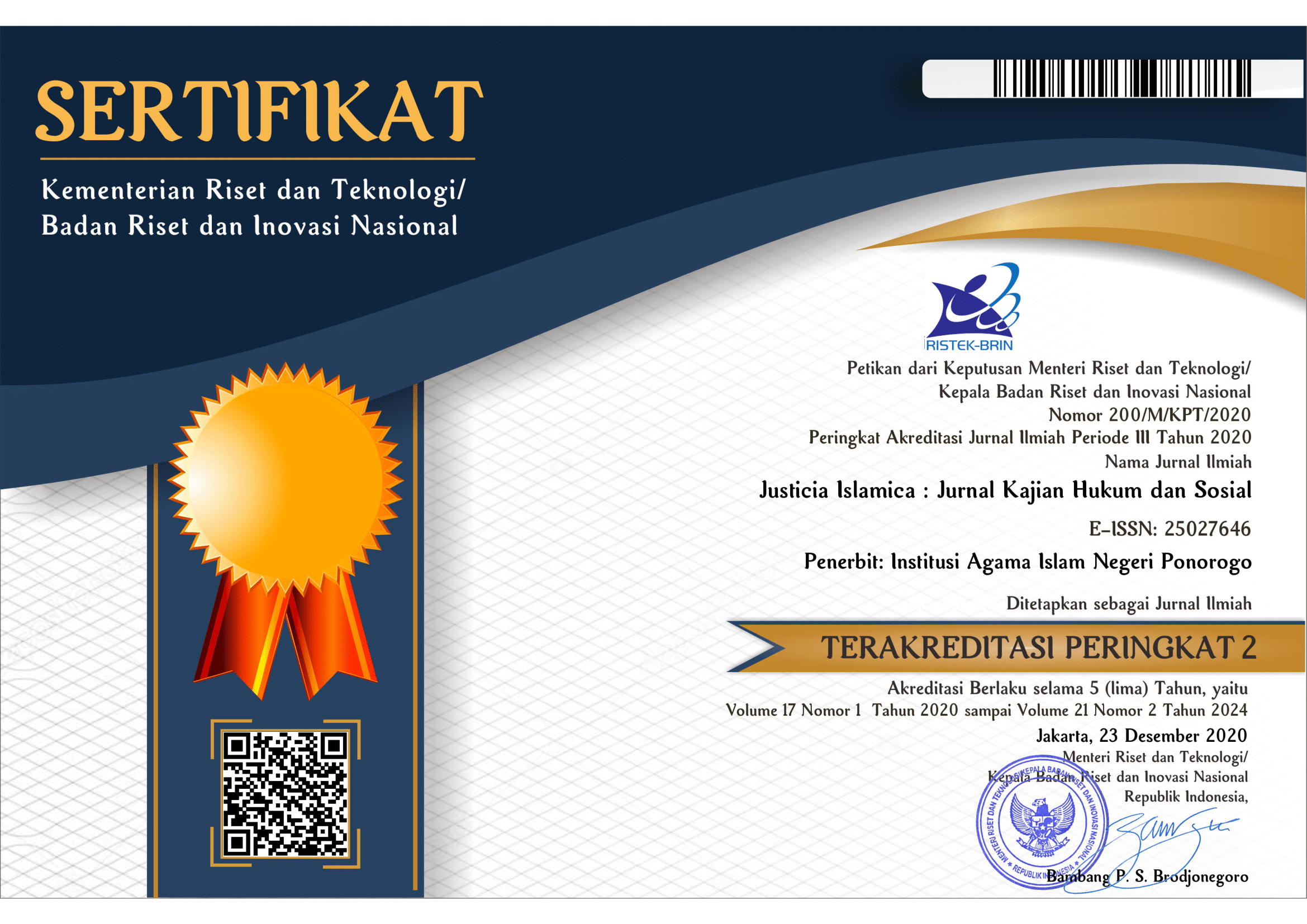Jihad Dalam Perspektif Sejarah Pemikiran Islam
Keywords:
history of Islamic thought; qital; reinterpretationAbstract
This study aims to examine the concept of jihad in various historical periods of Islamic thought and how its meaning has developed in line with the social and political context of Muslims. The method used is qualitative with a historical-analytical approach, through a literature review of classical and modern sources that discuss jihad. The results show that jihad is not always synonymous with warfare (qital), but has spiritual, social, and intellectual dimensions. In the history of Islamic thought, the concept of jihad has been reinterpreted, from physical struggle against the enemy to efforts to improve oneself and society. This broader interpretation of jihad reflects the dynamic needs of the ummah in various situations. Therefore, the understanding of jihad must be contextual, focusing not only on the military aspect, but also on the contribution to the progress of the ummah and humanity as a whole.
References
.
Downloads
Published
Issue
Section
License

This work is licensed under a Creative Commons Attribution-ShareAlike 4.0 International License.
Requirements to be met by the author as follows:
- Author storing copyright and grant the journal right of first publication manuscripts simultaneously with licensed under the CC BY-SA allows others to share the work with a statement of the work's authorship and initial publication in this journal.
Authors can enter into the preparation of additional contractual separately for the non-exclusive distribution of a decadent version of the journal issue (e.g., post it to an institutional repository or publish it in a book), with the recognition of initial publication in this journal.
Authors are allowed and encouraged to post their work online (e.g., in institutional repositories or on their website) before and during the submission process because it can lead to productive exchanges and citations earlier and more severe than published works. (see The Effect of Open Access).
This work is licensed under CC BY-SA.


















